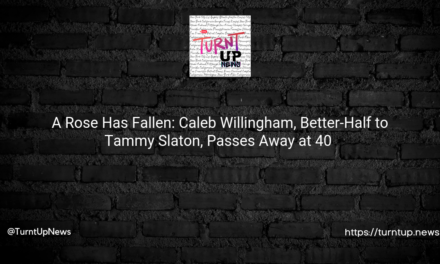💥Boom!💥 Emancipation Proclamation Set to Lock Arms with Founding Documents at National Archives 🇺🇸
TL;DR: The iconic Emancipation Proclamation is taking a permanent seat alongside the Declaration of Independence, the Constitution, and the Bill of Rights in the National Archives’ Rotunda. Known for being a turning point in the dark chapter of slavery in American history, this landmark move aims to enshrine the pivotal document in its rightful place. 🏛️👏
Picture this folks, you’re sauntering through the vaulted halls of the National Archives in Washington, passing by the Declaration of Independence, the Constitution, and the Bill of Rights. Feels like a walk through the country’s memory lane, right? But wait, there’s more! Enter the Emancipation Proclamation, the newest inductee to this illustrious league of foundational documents.📜✨
Signed by good ol’ Abe Lincoln, the Emancipation Proclamation was a game-changer back in the days of the Civil War. It declared all slaves in rebelling states free – talk about a power move! But here’s the twist, 🌀 it didn’t apply to all states, only those that said “Nah, we’re out!” to the Union. Was this a clever war tactic or a genuine attempt to end slavery? Your call, dear readers! 🎩💭
While this majestic document usually gets some airtime during the annual Juneteenth celebration, it’s now getting a permanent spot under the spotlight. But hey, how are they going to keep this fragile, centuries-old paper in shipshape? The secret lies in limiting light exposure and rotating the original pages regularly. Clever, huh? 💡🔄
Lincoln once said, “If I could save the Union without freeing any slave I would do it, and if I could save it by freeing all the slaves I would do it; and if I could save it by freeing some and leaving others alone, I would also do that.” Can’t help but wonder if this proclamation was his way of saying, “Two birds, one stone” – save the Union and end slavery. What do you think? 🦅🗿
And guess what? This proclamation did more than just free slaves – it opened the doors for almost 200,000 Black soldiers and sailors to join the Union forces. If that’s not a power play, I don’t know what is. 💪🎖️
But here’s the kicker – slavery didn’t officially end across the U.S until the 13th Amendment was ratified in 1865. Delaware and Kentucky were still holding onto slavery until then – yikes! 😱🕰️
So what’s the takeaway, folks? The Emancipation Proclamation is more than just a piece of paper, it’s a pivotal chapter in America’s history. By making it a permanent fixture in the National Archives, we’re ensuring its story and impact aren’t forgotten. But here’s the million-dollar question – are we doing enough to remember and learn from our past? How can we truly honor these pivotal moments and the people they affected? And what steps are we taking to ensure that the promises made by these documents are kept today? Over to you, America. 🇺🇸💬





